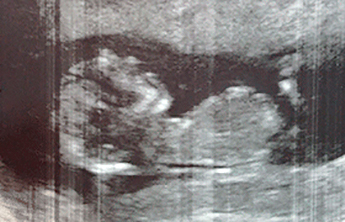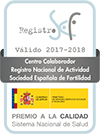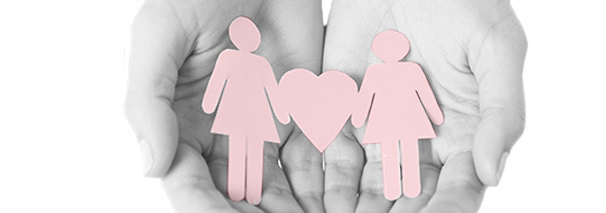
EVA Clinics put at your disposal not only the best experts, but also the most complete and innovative treatments such as Reciprocal IVF for Lesbian Couples (ROPA). This procedure is a great option for lesbian couples to create a family and allows for each partner to be a participant of the pregnancy process.
HOW DOES RECIPROCAL IVF WORK?
Reciprocal IVF for lesbian couples works in the same way as a standard IVF. ROPA method, also known as ‘shared motherhood’, stands for ‘Reception of Oocytes from Partner’. Along with Artificial Insemination, IVF treatment with donor sperm is the usual first-line treatment for same-sex couples who wish to start a family.
Reciprocal IVF differs from standard IVF in that it allows both partners to be physically involved in their child’s conception. One of the partners provides the eggs to be used in IVF, while the other partner will carry the pregnancy since the obtained embryos are transferred into her uterus. Both partners play an important role in building their family: one woman is the biological mother of the child (providing the egg) whilst the other is the gestational mother (carrying the pregnancy and delivering the baby).
EVA Clinics have developed The Pregnancy Success Study to determine the expected success rates of your fertility treatment. It is free of charge and you will receive the results of your study ahead of time and always before the start of your treatment, so that you are fully aware of your chances to achieve a positive outcome at each cycle of treatment.
YOUR TREATMENT STEP-BY-STEP
Reciprocal IVF allows two women to share the baby-making journey and involve the following steps:
1. OVARIAN STIMULATION FOR THE PARTNER PROVIDING THE EGGS
The partner who is providing the eggs will undergo an ovarian stimulation cycle and the egg retrieval procedure, which is identical to standard IVF procedures. The ovarian stimulation involves the use of hormones to produce multiple eggs. In a natural menstrual cycle, a woman produces only a single egg. Fertility medication is used to stimulate the ovaries to produce more eggs. This involves that more eggs may be collected for fertilization. With more fertilized eggs, there will be a greater choice of embryos to use in your treatment. Regular ultrasound scans, and in some cases hormone blood tests, will be done to monitor the follicle growth and ensure optimal response to stimulation.
2. EGG RETRIEVAL
Once the follicles have reached a certain size, as measured by ultrasound scan, you will be given a different hormone to help the eggs mature. After approximately 36 hours, your eggs are ready to be retrieved. Egg retrieval is performed in an operating room under mild anaesthesia (sedation) so that you will be completely comfortable and do not feel any pain during the procedure.
The egg retrieval procedure only takes about 10-15 minutes. It is performed with ultrasound guidance in order to visualize the uterine cavity and get to the ovary and follicles. The procedure carries almost no risks.
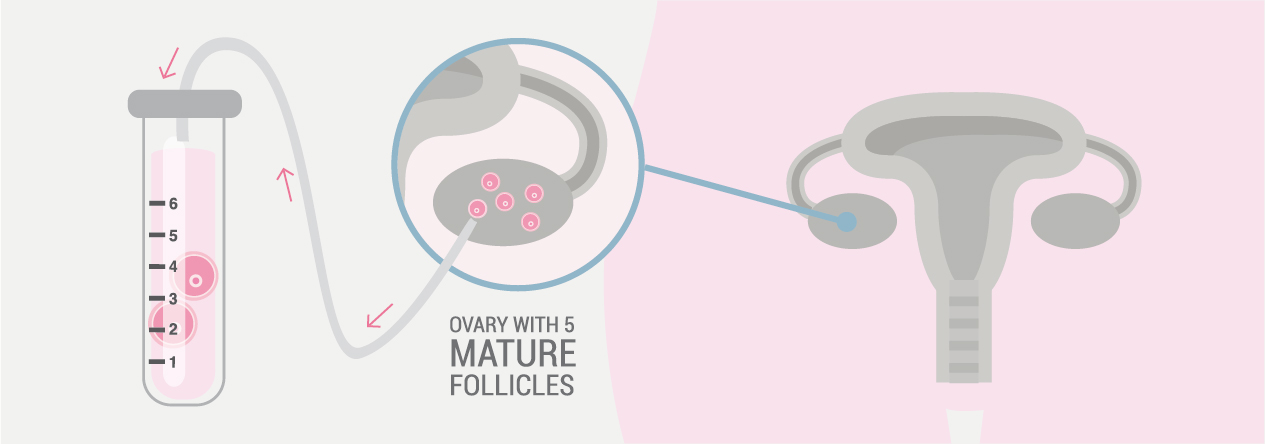
3. FERTILIZATION AND EMBRYO CULTURE
The collected eggs are mixed with your partner’s or, if applicable, the donor’s sperm, in the laboratory using a tiny, sterile pipette (a glass tube). On the next day, they are checked to see if any have been fertilized (a fertilized egg is called a zygote).

4. TREATMENT FOR THE RECEIVING PARTNER
The partner who will carry the pregnancy is prepared for embryo transfer. You will follow a simple and straightforward treatment that will prepare your uterus and endometrium (the inner lining of the uterus) for embryo transfer. This treatment will help maintain your uterus in good condition until the transfer is performed. You will be given some medication (commonly known as hormone replacement therapy) in order to thicken up your lining. Several controls will be needed to look if the preparation is going well.
Both partners must go through synchronisation of their menstrual cycle. Alternatively, if synchronisation may not be possible, the embryos that are created may be frozen and transferred into the partner when she is hormonally prepared at a later date.
5. EMBRYO TRANSFER
Embryo transfer is the last decisive step of the process for achieving a pregnancy after Reciprocal IVF. The embryo transfer is a crucial phase of procedure and it is most commonly performed 72 hours (3 days) after the egg retrieval. A maximum of two embryos will be transferred per procedure.
The embryo transfer process is very simple, and it is performed in the operating room, like the egg retrieval. The embryos are placed into the uterus using a thin, flexible tube (embryo transfer catheter) that does not damage the reproductive tract (wall of the uterine cavity). The embryo transfer is not painful and does not require any sedation or anaesthesia.
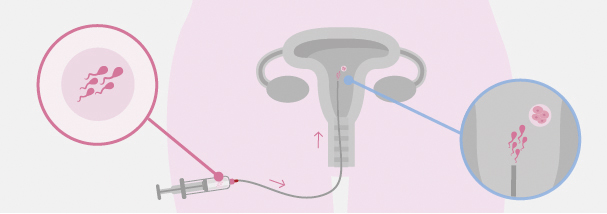
Most lesbian women seeking fertility treatment are not infertile. So, their chances of success are good.
Request further information through our Contact Form, Phone or via Email.
Your first consultation is always free of charge.



